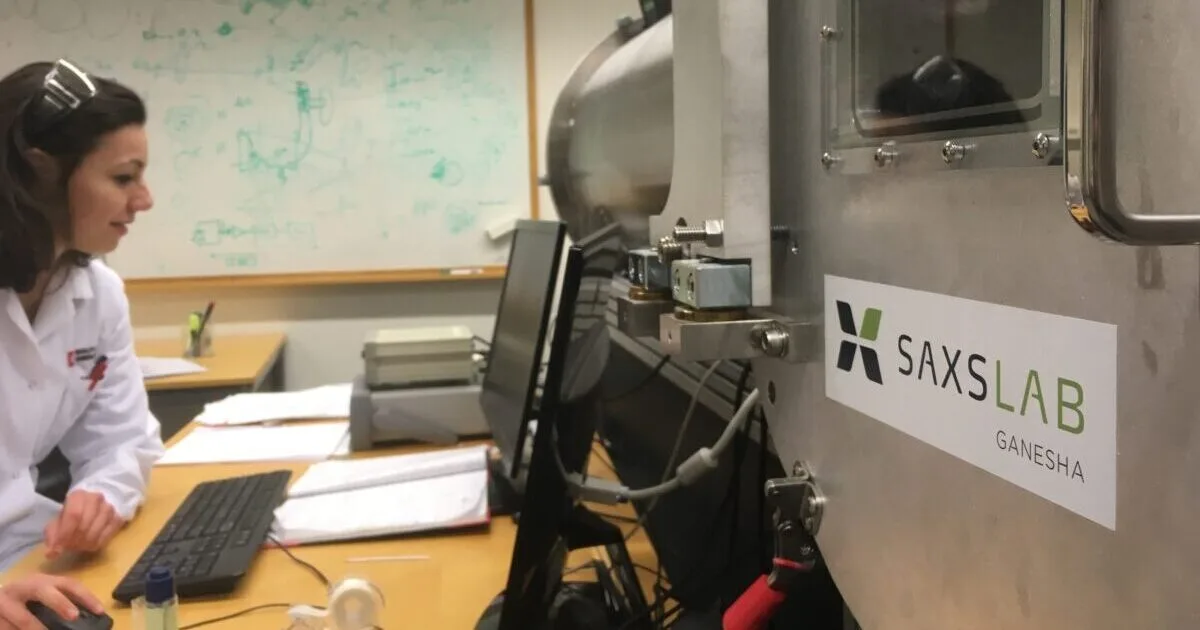Our experience and know-how tell us that two techniques sometimes, not always, are better than one. And with two results from completely different angles, we turned believing into knowing.
With P&G and one of the best academic departments of physical chemistry in the world we have looked at the gel network used in several formulations at P&G. Scientists at Lund University in collaboration with P&G had observed the thermal behavior and mechanical properties of the system earlier. This was a continuation of the project where we as a consultant company could add resources to the project.
AIM – knowing the electrostatically stabilized gel and its limits.
The swelling behavior of the model gel network, with SDS and fatty alcohols, was studied in environments of practical use such as with additional surfactants and ions in solution. The central questions asked were if added SDS would be incorporated in the gel structure?; Could a higher load of SDS make the gel more resistant to salt?; Does it matter if the SDS is added in the formulation or afterwards?
TECHNIQUES – the bridge between believing and knowing.
Small Angle X-ray Scattering (SAXS) was the main technique used. With SAXS we could determine the microscopic gel structure and study the swelling behavior through the lamellar spacing. To find out whether added SDS was incorporated in the bilayer or preserved as micelles in the water-part of the gel network we used NMR (nuclear magnetic resonance) and ICP-AES (inductively coupled plasma – atomic emission spectroscopy). The two techniques are completely different but supported each other’s results.
This is one of our strengths; after several years as consultants based at the chemical centre we know about more methods than what is first thought of.


